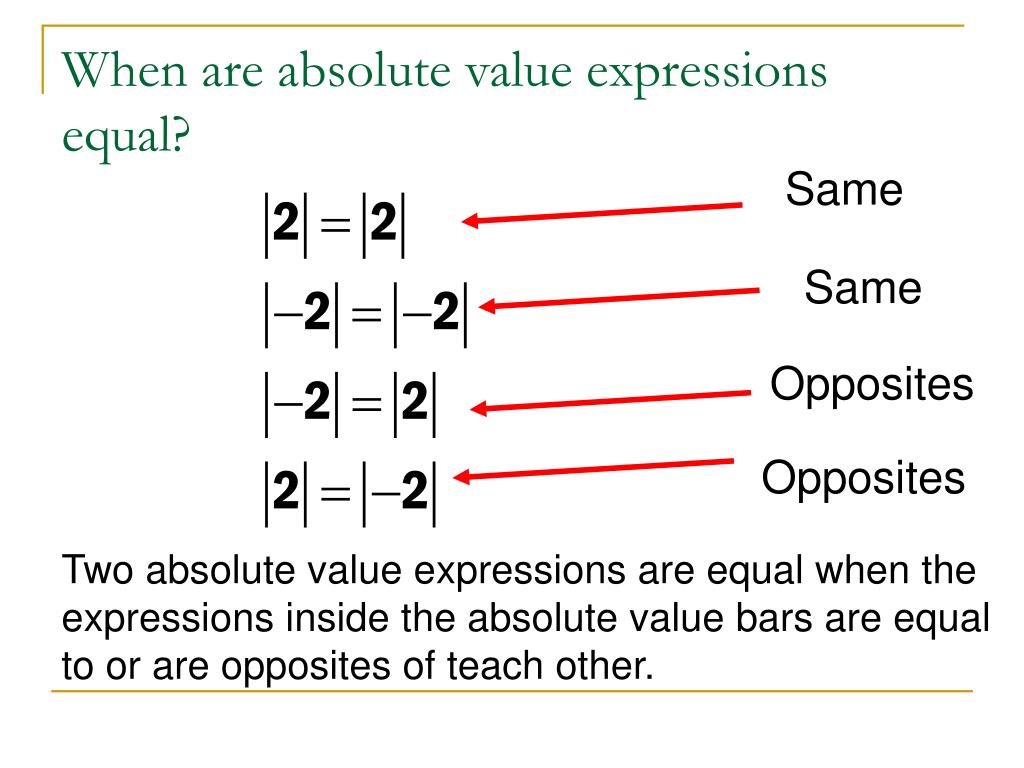

However, the extent of this overestimation is unknown for any of the six regions. If preferences permit substitution between goods, then, by standard cost minimization, households in region i could obtain the reference level of utility at a cost that is less than or equal to the cost of the chosen single bundle evaluated at region i prices. Assuming constant preferences across spatial domains, the chosen single bundle would provide some reference level of utility (e.g. If we (for example) define a single national consumption bundle as the average consumption of households in the lower third of the nominal consumption distribution across all spatial domains, then we have a single (average) bundle that may not reflect consumption patterns in any of the domains. To see this, let us think conceptually of a country with six relatively distinct spatial domains with differing price vectors for basic foods and corresponding differences in consumption patterns. However, if specificity is violated in estimating period one bundles and results in a non-optimal bundle, the impact of the bundle carried forward to period two is uncertain. It is important to highlight that this overestimation of the period two poverty line when holding the bundle from period one constant through time is a function of starting at a cost-minimizing consumption point in period one. In short, imposing the fixed bundle ( c 1 1, c 2 1) in period two violates the property of specificity and in so doing overestimates the cost of acquiring the minimum welfare level. At the constant welfare level, U z, the reference household would opt to consume the flexible bundle ( c 1 2, c 2 2) at a lower cost resulting in a lower utility-consistent poverty line, M 2. However, at expenditure levels in this range, the household would attain a utility level greater than the utility associated with the period one poverty line.

If in period two the reference household’s expenditure exceeds M 2 but is equal to or less than the fixed poverty line, M 2’, the household would be deemed poor. Therefore, with fixed bundles, the period one and period two poverty lines are associated with different utility levels. At the fixed poverty line, a utility-maximizing household would choose a consumption bundle associated with the higher utility curve, U ’. Clearly, this is not an optimal solution and violates the property of specificity in that it fails to allow for a response to the prices prevailing in period two. If the poverty analyst follows the practice of maintaining consistency by holding the period one consumption bundle fixed and evaluates it at period two prices, the cost of acquiring ( c 1 1, c 2 1) is M 2’, i.e. Suppose relative prices change in period two, as reflected in the slopes of M 2 and M 2’.

Hence, alternative (more specific) bundles that reflect differential relative prices may also provide different levels of utility, violating consistency. At the same time, the reference utility level ( u z) is never observed and the fundamental preference parameters that underlie the expenditure function are extraordinarily difficult to estimate. Ignoring these differentials by selecting a single bundle either across space or through time is potentially highly problematic (Tarp et al.

As noted, large variations in relative prices are frequently observed across space and through time and consumption patterns are generally responsive to these relative price differentials. This cost is the appropriate poverty line, and the associated bundle is both consistent (constant utility level) and specific (adapted to the conditions of the region). When substitution possibilities are present, the optimal consumption bundle ( q i j) varies with prices ( p i) and so does the cost of attaining the reference utility level ( u z).


 0 kommentar(er)
0 kommentar(er)
